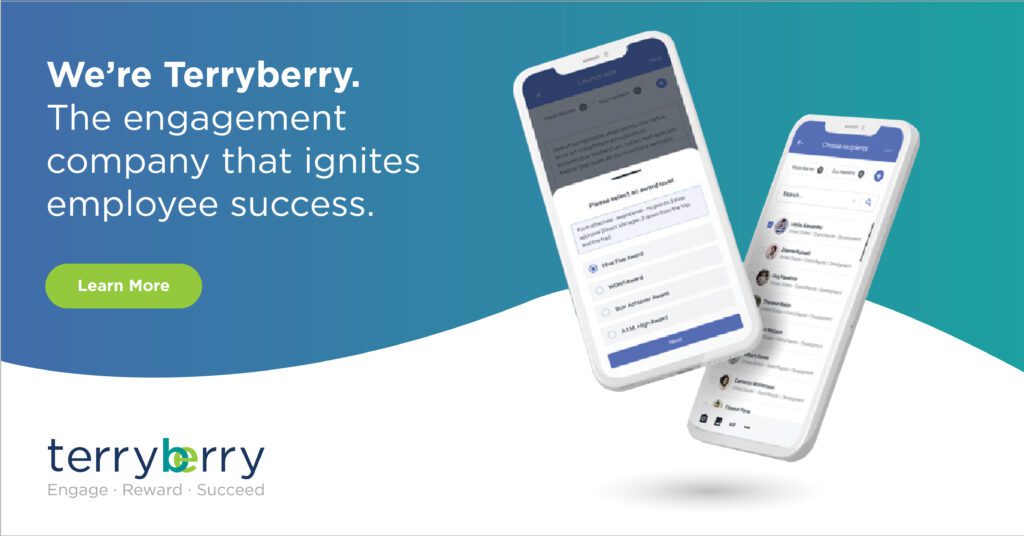January 9, 2024

Employee recognition has gained popularity over the past few years for many reasons. It's linked to improved employee engagement, improved employee morale, increased employee retention, and has even been cited as the single most important driver for employees to do great work.
But knowing employee recognition is important is one thing. Getting it right as a whole team is another.
When beginning a structured recognition program, it's important to first know the fundamentals.
Here, we'll walk through the types of employee recognition programs, the pros and cons of each, and the benefits of employee recognition software.
Types of Recognition
Knowing which types of formal recognition programs there are is the first step in deciding which ones are right for your company. Let's take a look at what they are.
Milestones or Service Awards
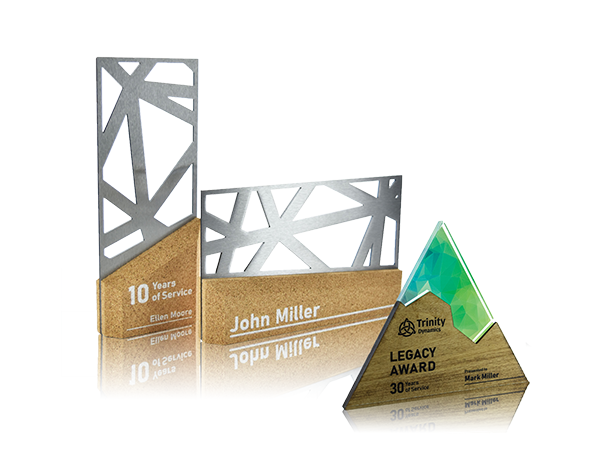
One of the most common types of recognition is milestone and service awards. And for many years, it was typically the only form of employee recognition.
Some companies use the terms "milestone" and "service" interchangeably. Others, break up service awards as awards given to employees on their work anniversaries. This can be one year, 5 years, 10 years, and so on.
Milestone awards can be a bit broader and are given when an employee reaches a particular milestone. This can be reaching a certain sales target, completing a specific set of training, celebrating employee birthdays, or reaching a significant amount of years with a company.
In this way, a milestone award can be considered a type of service award as well. These awards are often given in the form of a customized item - like a plaque, desktop presentation kit, or jewelry.
Sometimes companies opt to let their employees choose their reward by giving them a curated online shopping experience.
Pros
Milestone and service awards are a simple way to recognize employees.
With most HRM systems today, HR is already notified of employees' anniversaries, making this type of recognition easy to manage once established.
Some people are also highly motivated by achieving some of the custom awards given today.
Cons
Because these awards have been around for so long and are easy to do, they can come off as a bit impersonal when not thought through well.
Public Recognition

Public recognition is a fairly straightforward type of recognition that involves acknowledging employees' achievements in a public setting, usually in a manager-to-employee format.
This can be either at the start of departmental or company-wide meetings, on an email thread with multiple people, or through social recognition software.
Pros
Choosing to publicly recognize employees is simple, easy, and can be accessible to everyone at any time.
Cons
Some people don't like attention and may become uncomfortable with being addressed publicly.
Private Recognition
In contrast to public recognition, private recognition involves only the person giving and the person receiving recognition.
Private recognition can be one of the most accessible types of recognition because it can be a casual conversation between two people, an email, or a handwritten note.
Pros
Oftentimes, private recognition can be more meaningful to the recipient - especially if it comes in an email or note. Many people even keep positive notes as a keepsake to reflect on in the future.
Cons
Some people find it difficult to put their thoughts into words, which can make writing a note or email daunting.
This process can be considered informal recognition, which can make it difficult to track and measure.
Furthermore, some employees prefer to be acknowledged publicly and enjoy having a moment in the spotlight.
Peer-to-Peer/Social Recognition
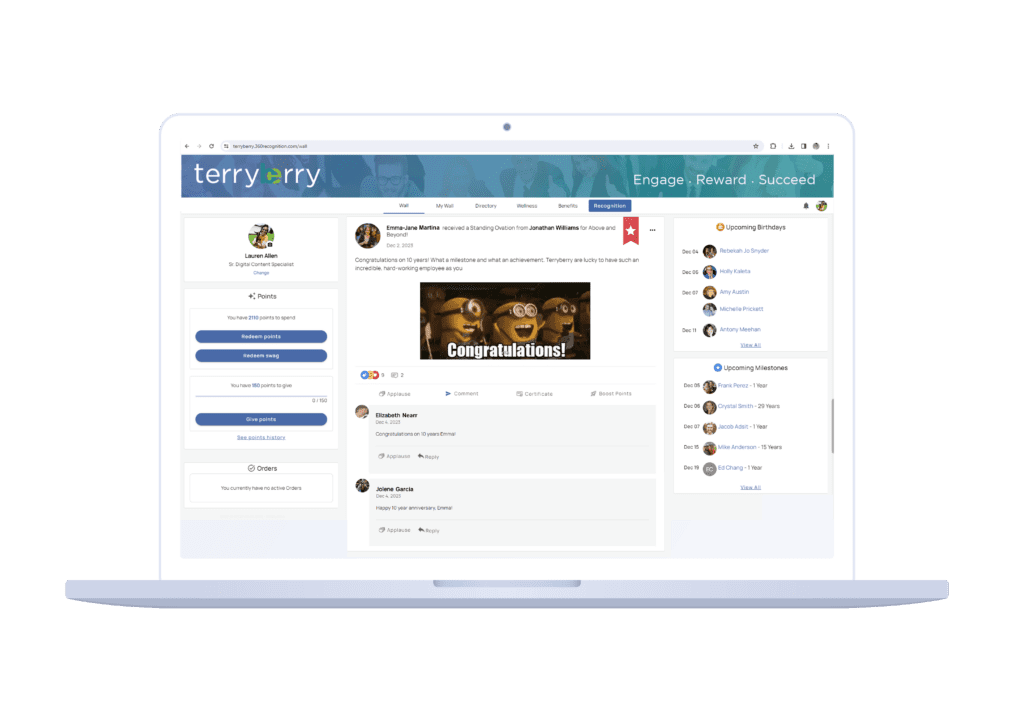
Peer-to-peer, or sometimes called social recognition, is when peers recognize each other. This can occur either privately, publicly, or on a social recognition platform.
Social recognition platforms are built with peer-to-peer recognition in mind, although most allow for everyone in the company to recognize each other.
While there are many software options available on the market today, the premise is that these platforms act like a social media platform exclusively for your company. People can write on each other's walls (either privately or publicly), send points, comment, and react.
Pros
Peer-to-peer recognition can be a great way for managers to see into the daily tasks they may otherwise be excluded from.
Seeing who gets recognized for what is valuable insight into the dynamics of their team.
Social recognition software is a seamless way to provide this insight while creating visibility across the company.
People from all over the organization get a glimpse into what's happening in other departments, different offices, and between people who otherwise wouldn't meet.
Cons
Employee recognition software can be costly and difficult to gain company-wide buy-in, which is critical for success.
Check out Terryberry's Recognition Solutions
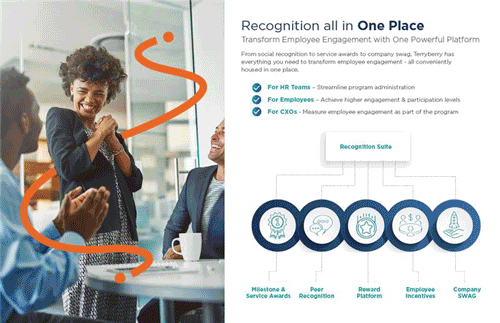
Incentives
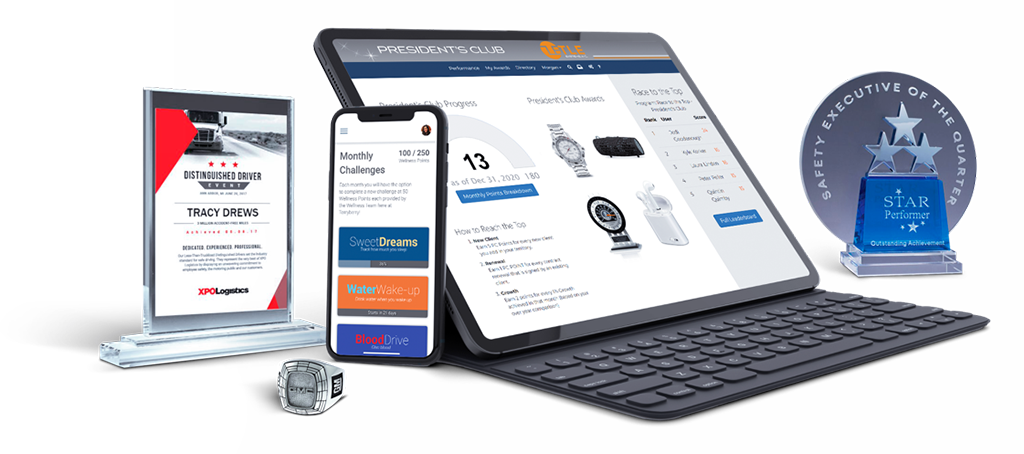
Incentives are a way to motivate your employees to achieve certain goals. These incentives oftentimes come in a few forms, including:
- Sales - A sales incentive is a reward offered to salespeople to help motivate them toward a goal.
- Performance - Similar to a sales incentive, a performance incentive is broader to include teams outside of sales. This might look like the Marketing team winning a reward for reaching record-high organic web traffic.
- Safety - Safety incentives motivate people in hazardous roles to take the necessary precautions to minimize incidents.
Rewards for achieving these goals could be monetary rewards, a custom award, extra PTO, or anything your team finds valuable.
Pros
Effective incentives are a win-win for employee and employer.
When employees achieve their goals, they receive valuable perks and the company sees increased sales, performance, and fewer safety incidents.
Cons
It can sometimes be difficult to choose an incentive award that resonates and motivates everyone on the team.
Monetary rewards, like financial compensation or annual bonuses, can become expensive for companies.
Wellness

On the surface, corporate wellness may not seem like a form of recognition. However, certain wellness challenges provide the opportunity to recognize winners, most improved, most engaged, best team name, and so many more.
Companies can also award employees points through a reward platform for completing a health risk assessment or give wellness gifts for challenge winners, etc.
RELATED: Creative, Clever, and Catchy: 55 of the Best Walking Team Names
Pros
Encouraging employees to participate in wellness can:
- Increase productivity and employee engagement.
- Decrease health risks and increase healthy behaviors.
- Reduce company medical costs.
- Decrease employee turnover and absenteeism.
- Improve recruitment and retention.
Cons
Consistent participation can be a challenge for some companies. Wellness programs can therefore require a person dedicated to running wellness and prioritizes employee participation.

Why Employee Recognition is Important
Workplace recognition is one of the simplest ways to improve business outcomes in multiple areas.
In fact, Great Place to Work surveyed nearly 2 million employees across small, mid, and large companies and found that the single most important driver of great work was employee appreciation and recognition.
Here are a few other ways that employee appreciation and recognition impact business.
Increased Productivity
Employee recognition programs have been shown to lead to increased productivity. In fact, research from Deloitte's Talent Survey showed that companies with an employee recognition program are 14% more engaged and productive than companies without one.
Decreased Employee Turnover
When an employee doesn't feel valued for their work, research shows 76% of them will look for a new job opportunity. But when employees do feel valued, they're more likely to stay with a company for the long term.
So much so, another study found that effective, employee rewards and recognition efforts can yield a 21% increase in employee retention, as well as 27% higher profits.
Employee recognition programs can also help to create a positive work environment and a strong sense of belonging. When employees feel appreciated and like they are part of a team, they are less likely to leave.
Improved Work Culture
Fostering a culture of inclusion by making employees feel seen can have a profound impact on team member morale. Employee recognition also empowers and incentivizes employees to align with company culture and values.
Allowing them to connect their work to the overall, company values and mission can create a feeling of inclusion and belonging - essential elements for a strong work culture.

Why Use Employee Recognition Software?
Knowing recognition is important is one thing. Implementing an effective recognition strategy is another story. This type of recognition is where employee recognition software can help.
Recognition software enables employees to give and receive recognition in a way that resonates with them. It can also streamline a company-wide recognition program into one hub.
Here are some other ways employee recognition software can help your business.
Engage Remote Workers
A survey conducted by Upwork found that 61.9% of companies were planning for an increase in remote work now and in the following years. This same report predicted that 22% of Americans will be working remotely by the year 2025.
That being said, boosting engagement for remote workers will be critical for business success now, and in the future as well. This means that any recognition initiative you start today must be remote-friendly to be effective. Employee recognition software makes this aspect simple. By shifting recognition to an online platform, employees can access it whenever, wherever they like.

Objective Data
Recognition software provides objective data, which you can then use this data to identify trends and inform business decisions. For example, you may feel like you recognize employees frequently, but in fact, the last time you told an employee "good job" was 2 months ago.
Or you may also notice that 3 years ago your company was more actively engaged on your platform and during that time, you had 6% less employee turnover than you do today. Taking the subjectivity out of recognition helps ensure the program is achieving the goals you want it to.
Empower Employees
Another important element of an employee recognition platform is peer-to-peer recognition. While employees appreciate verbal praise from supervisors, it can sometimes be more meaningful coming from the people they spend most of their time with. Who better to offer recognition than their peers?
An online recognition platform creates employee empowerment by encouraging people to take ownership of this process. Empowered employees are more likely to adopt a recognition culture and increase long-term engagement with the platform, as well.
An added bonus is that this software allows recognition to be immediate. Oftentimes managers wait until quarterly or yearly reviews to recognize employees and offer feedback or praise. But according to one survey, being recognized at work was the single most important factor to employees. So doing it often can be more impactful.
Build An Employee Recognition Program That Works
If you're interested in an employee recognition program, schedule a demo with our team to see how Terryberry can transform your organization's recognition and employee incentive programs.
